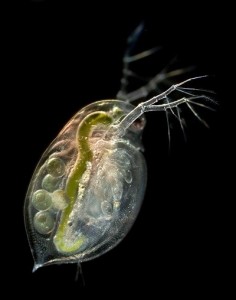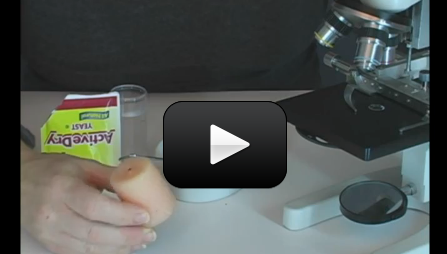 Make sure you've completed the How to Use a Microscope and also the Wet Mount and Staining activities before you start here!
Make sure you've completed the How to Use a Microscope and also the Wet Mount and Staining activities before you start here!
If you tried looking at animal cells already, you know that they wiggle and squirm all over the place. And if you tried looking when using the staining technique, you know it only makes things worse.
The heat fix technique is the one you want to use to nail your specimen to the slide and also stain it to bring out the cell structure and nuclei. This is the way scientists can look at things like bacteria.
You're going to need your microscope, slides, cover slips, eyedropper, toothpicks or tweezers, candle and matches (with adult help), stain (you can use regular iodine or Lugol's Stain), sugar, yeast, and a container to mix your specimen in. Here's what you do:


I think I killed the yeast when I used fire. I see nothing moving. It still looks beautiful, though.